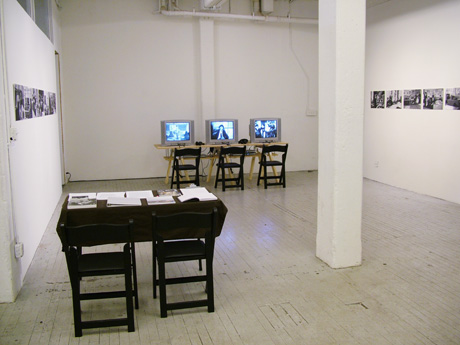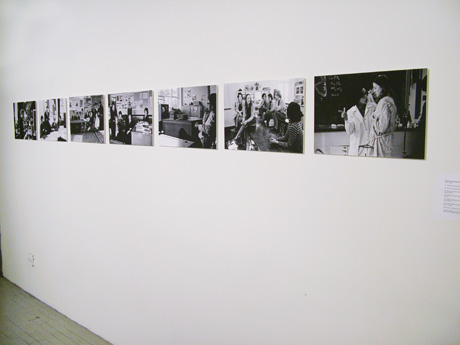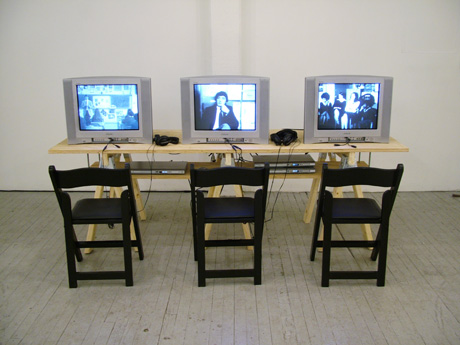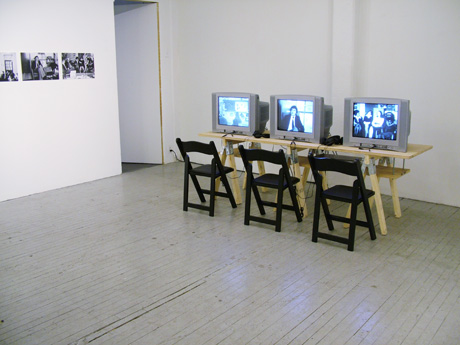Exhibition / “Darcy Lange: Work Studies in Schools”
Curated by Mercedes Vicente
Date: 4 December 2009–16 January 2010
Location: Cabinet, 300 Nevins Street, Brooklyn, NY
Gallery hours: Tuesday to Saturday, 12–6 pm, and by appointment (closed 23 December–2 January)
Opening reception: Thursday, 3 December, 7–9 pm
For audio recordings of two panel discussions related to “Darcy Lange: Work Studies in Schools,” see “Art Education: A Study” and “The Art of Teaching.”
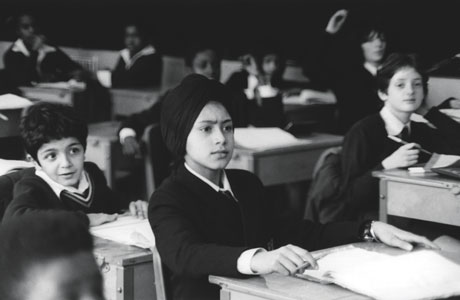
The exhibition “Darcy Lange: Work Studies in Schools,” curated by Mercedes Vicente, draws from a series of videos by New Zealand artist Darcy Lange (1946–2005) which examine the processes of teaching and learning. In 1976, Lange videotaped a number of classrooms at three schools in the English city of Birmingham, carefully choosing institutions that would represent different social classes. Focusing on the teaching of art, history, and science, Lange first filmed each class in action. Afterwards, he would watch the tapes with the teachers and then the students, each time recording their reactions. The following year, Lange continued the project, this time in four Oxfordshire schools. Lange saw his tapes as material for “research,” an “educational process” in which the reactions of his subjects to the footage were just as important as the original films.
This exhibition is presented by Cabinet in collaboration with Govett-Brewster Art Gallery and with the support of the Darcy Lange Estate, the New Zealand Film Archive, and public funds from the New York State Council on the Arts.
See reviews of this show in Idiom, Lost at Sea, and Paper Monument.
About the Artist
A graduate of Elam School of Fine Arts in
Auckland, New Zealand and the Royal College of Art in London, Darcy Lange (1946–2005) established a career in the late 1960s as a sculptor with large, hard-edge abstract works but soon turned to photography, film, and video. In 1972, he began videotaping and filming under the general theme of “people at work” in English factories, mines, and schools and continued documenting workers’ lives after returning to New Zealand. In the late 1970s, Lange joined Māori activists’ struggles to establish land rights during what became known as the Māori Renaissance when bicultural policies in New Zealand fully came into place, and developed his ambitious Māori Land Project (1977–1981). Beginning in the 1980s, Lange became increasingly involved in the study of music, especially flamenco, and created several multimedia performances involving music, poetry, and art. He died in Auckland in 2005.
